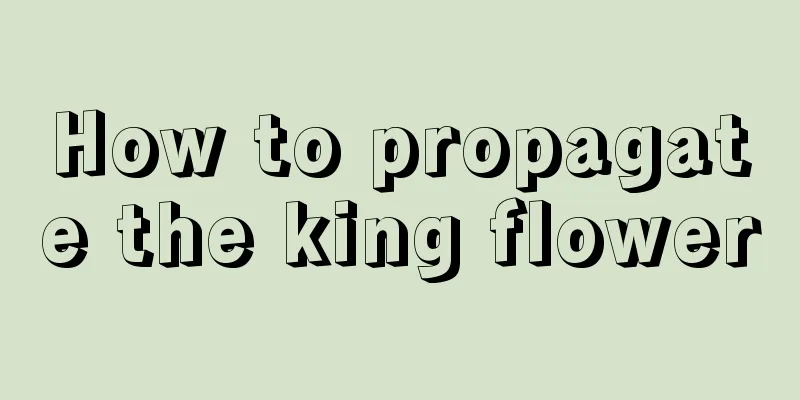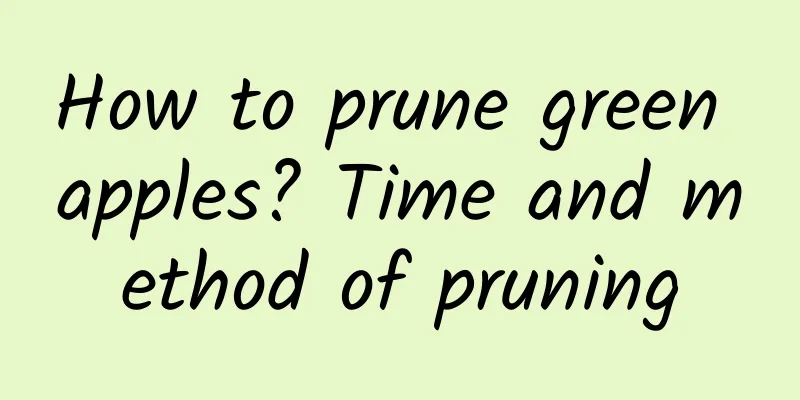How to propagate Dendrobium chrysotoxum

1. Division propagationWhen propagating in this way, we usually choose plants that grow more densely. After it finishes flowering, carefully remove it from the pot and cut the base of the stem above the old root. When cutting, be careful not to damage its root system. Pull the roots apart with your hands instead of cutting them with a knife. Generally, each main plant is grouped together, and then the old roots are further cut off. Place its new sprouts close to the middle of the pot, add new substrate and compact it, so that it can begin to grow into a new plant. The propagation of divisions is completed. 2. Bud propagationIf there are plants that have been planted in pots for more than 3 years, or some small plants growing on the top or base of the Dendrobium officinale, we can use them for cutting bud propagation. First, choose some small plants with 3 to 4 leaves, 2 to 3 roots and a root length of about 4 to 5 cm. Then cut them off from the mother plant, treat the wounds with some wood ash, and replant the seedlings in the pot. When planting, you should also be careful not to plant too deep, but shallowly. Generally speaking, after 2 years of cultivation using this method, the plant will basically bloom and become a good commercial flower. 3. Cutting propagationThis method is commonly used for many plants. It can be combined with repotting and division after flowering. Dendrobium chrysotoxum has many slender fleshy stems with many joints on them. Small buds can grow on these nodes, so it can be propagated by cuttings. Choose some branches that have not yet bloomed but are relatively full, cut them into many small pieces, and apply some wood ash on the wounds. Then insert them into the prepared substrate in sections, with half outside, and place them in a semi-shaded and humid place. No need to water within a week, just spray frequently to keep them moist. After 1 to 2 months, small buds will grow and then you can put them in pots. |
<<: The propagation method of white flower silver back vine
>>: How to propagate the false big-headed tea
Recommend
Is Spathiphyllum poisonous?
1. Is it poisonous? Spathiphyllum is a plant belo...
The efficacy and contraindications of chrysanthemum tea
1. Efficacy 1. Nutritional supplement: Chrysanthe...
Corn planting time and method
Corn planting time Corn can be divided into sprin...
The difference between camellia and sasanqua
1. Difference of blades The leaves of camellia ar...
What kind of soil is suitable for planting bougainvillea
Soil for Bougainvillea Bougainvillea has good sal...
How to grow spider silk succulent to its best condition
The shape of the spider silk scroll is very speci...
Is green onion a shade-loving or sun-loving plant?
Do green onions prefer shade or sun? Scallion is ...
When does osmanthus bloom?
1. Which month is the flowering period? Osmanthus...
How to grow the red flower jade quickly
Growth conditions of red flower jade The crimson ...
How to grow a potted banyan tree to make it grow better and more vigorous (how to grow a banyan bonsai at home)
First, Banyan tree planting The banyan tree has a...
How much water does the green radish need?
1. How much water is needed It is also relatively...
Taboos of drinking forget-me-not tea
Avoid excessive drinking Although forget-me-not h...
Can Western Rhododendron be planted on a closed balcony in the north?
1. Can it be planted? Friends living in the north...
How to save seeds of roses
Introduction of Rose Seeds Roses have seeds, and ...
What to do if all the leaves of azalea turn yellow
Overwatering Excessive watering and long-term ove...









